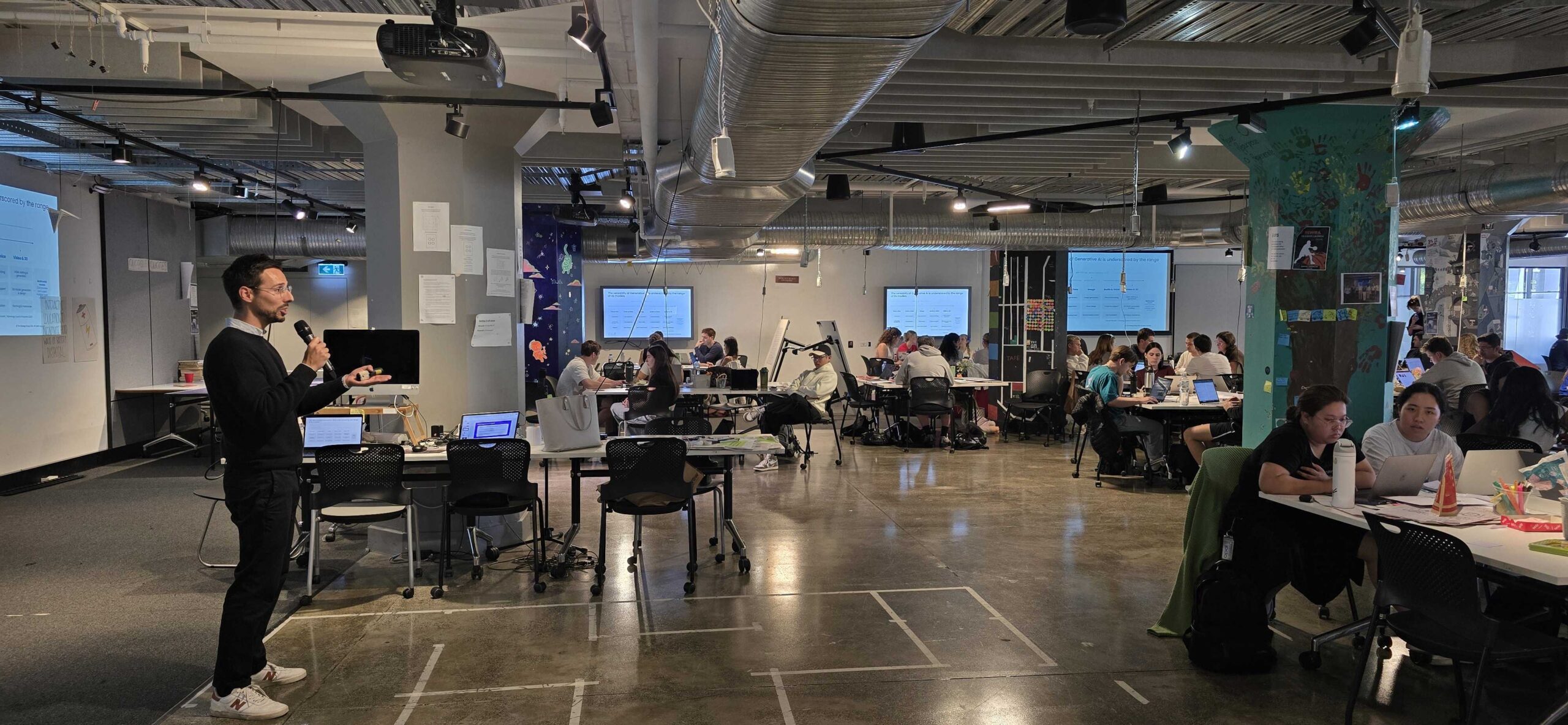How are big corporates in the Asia Pacific transforming themselves to keep apace with the exponential speed of human progress? What tools and approaches are driving them to deliver more value, faster, for customers they understand better? These were the hot-trending topics at this year’s Chief Innovation Officer Summit in Singapore.
The Strategy Group attended the recent two day summit where regional innovation leaders from major multinationals – Facebook, Google, Ebay, Nestle, Lend Lease, Aviva, NEC, Siemens and Standard Chartered to name a few – aligned to share insights and lessons about the art (not science) of corporate innovation. What works, what doesn’t, and what’s next.
Similar to Sydney’s World Forum Disrupt Strategy and Innovation Summit held in May, the regional congregation of corporate innovators at Singapore’s CINO Summit were in firm agreement – companies must succeed in creating transformation or face destruction at the hands of their competitors. How to succeed? Start by making sure the speed of change inside your organisation keeps pace with the speed of change outside.
Here are our top five take aways from the event:
Innovation as business-as-usual
Corporates across Asia were singing the same tune. Innovation is the new normal. It is driving the evolution of the corporate structure, processes, value and culture. No longer is the domain corporate innovation resigned to a ring-fenced team with limited resources and unfeasible expectations of transformation from within. Innovation is the new strategy. There are clear, established pathways for out-of-the-box ideas to become market ready solutions. Teams are cross functional. They fail fast, learn quick. Strategies and KPIs are reviewed and iterated in frequent waves. The bottom line – leading edge corporates in the region have embedded innovation in the day-to-day operational cycles of the business.
If your legal department isn’t nervous, you’re not innovating
There’s no escaping the risk factor. Innovation necessitates envelope-pushing and is supposed to rub the risk averse the wrong way. A key challenge for corporates in successfully delivering an idea-to-execution innovation program is managing opposing forces that on the one hand must drive accelerated venture development that relies on rapid experimentation and the freedom to make big decisions at speed, and on the other hand continuing to rely on the parent company’s clunky machinery of complex approvals and judicious due diligence and risk mitigation. The most compelling solution offered? Read the next take out.
Corporate ventures fail because they’re not forced to act like starts ups
Internal innovations fail often. Why? Because they’re not faced with the same context and constraints that real life startups face. Like really limited funds and the associated existential threat to the business. Like funding milestones and founders with equity to realise. Corporate startups generally fit within the constructs of the parent company, without a genuine existential threat, run by employees who are redistributed internally when their little innovation experiment fails. For corporate start ups to succeed you need to create an environment that ignites the belly fire that drives entrepreneurs to win. How to create that environment in a corporate? One trending idea is to create a spin off company. Have a senior internal owner but hire entrepreneurs, give them equity, set a date based early funding milestone and keep them as independent as possible to circumvent the internal administrative quicksand.
Smart hiring is the key to innovation culture
Want to create a culture of leading edge innovation in your firm? Refresh your recruitment guidelines. People drive innovative firms. And the type of people matters. Recruit people who are naturally curious, comfortable with uncertainty and risk, who thrive on fast paced change and who can adapt quickly when strategies and priorities inevitably pivot.
Lean Start-Up methodologies work for corporate ventures
Overwhelmingly, corporates in the region are embracing Lean Start-Up methodologies and tools like the Business Model Canvas (BMC) to test and validate new ventures. We attended the Summit interested to learn whether alternative innovation methodologies were garnering traction in the region. The Lean Start-Up method and the BMC were still cited as the tools that provide the most effective framework for the corporate ideas to execution process. All hail the method’s seminal thinkers Steve Blank and Eric Reis.
Ok, that’s a lot to digest. Not sure where to start? Start by looking around your organisation and incorporating the lessons of our peers in Asia to promote innovation. In this era of disruption, the winners will be organisations that re-structure their business to employ innovative approaches, develop their internal innovation skill-set and change ingrained mindsets.












